Chick Pea (Gram)
Ascochyta Blight
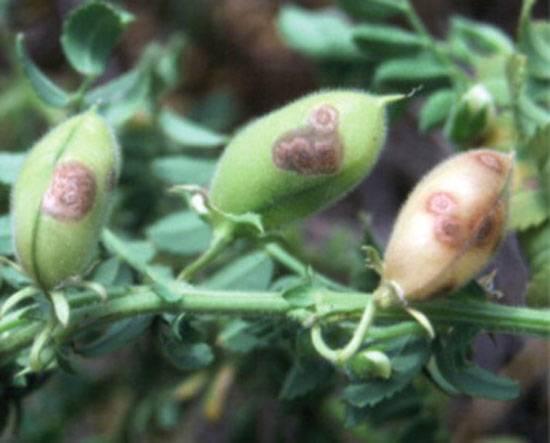
Phoma rabiei, (formerly Ascochyta rabiei)
Fungal Disease
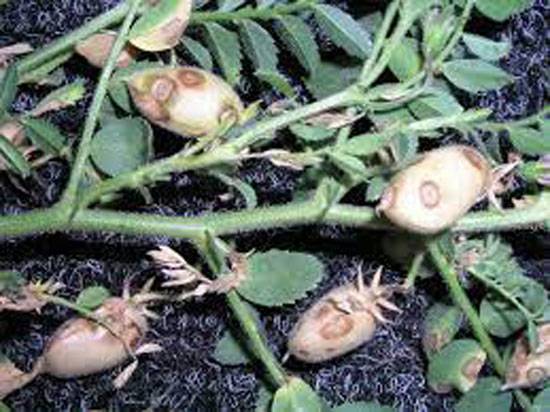
Phoma rabiei, (formerly Ascochyta rabiei)
Fungal Disease
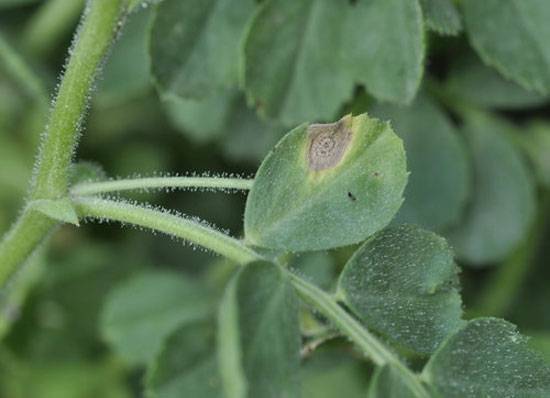
Phoma rabiei, (formerly Ascochyta rabiei)
Fungal Disease
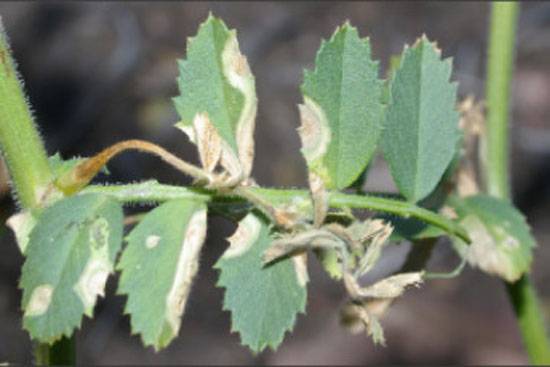
Phoma rabiei, (formerly Ascochyta rabiei)
Fungal Disease
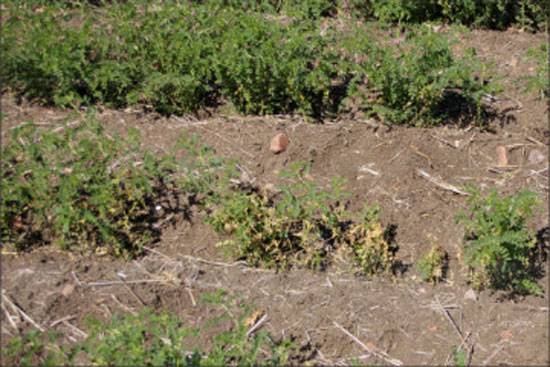
Phoma rabiei, (formerly Ascochyta rabiei)
Fungal Disease
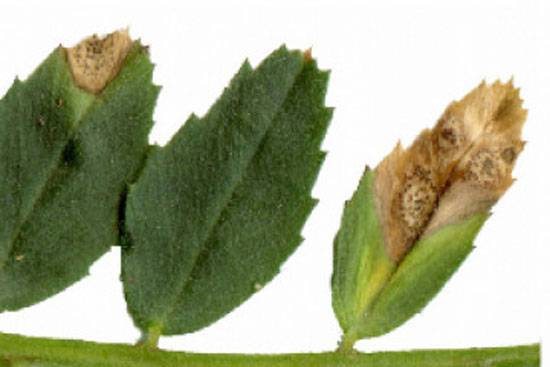
Phoma rabiei, (formerly Ascochyta rabiei)
Fungal Disease

Phoma rabiei, (formerly Ascochyta rabiei)
Fungal Disease
Phoma rabiei, (formerly Ascochyta rabiei) the causal agent of Ascochyta blight in chickpeas, is a fungal pathogen that poses a significant threat to chickpea crops. This disease is particularly prevalent under cool, cloudy, and humid conditions, making it crucial for growers to be aware of its symptoms and management practices.
Infection Pathways:
- Initial Infection: The disease often begins with the introduction of infected planting seeds or through the movement of infected plant debris (trash) by wind, machinery, or animals.
- Survival of Spores: Spores of Phoma rabiei can survive on the skin, clothing, and machinery for a short period, increasing the risk of spreading the infection to healthy plants.
Conditions Favoring Spread:
- The fungus thrives in wet weather, where inoculum can be moved higher in the plant canopy or to surrounding plants through wind or rain splash. This subsequent in-crop infection can lead to rapid disease spread within fields.
Symptoms of Infection:
- Initial Symptoms: The first signs of infection often include wilting of individual seedlings or small groups of plants.
- Leaf Lesions: Lesions begin as pale green-yellow discoloration on leaves and stems, progressing into small round lesions with dark brown margins and pale grey to tan sunken centers.
- Ghosting Symptoms: Ascochyta leaf ghosting symptoms may appear 4-7 days after rainfall or heavy dew, indicating advanced infection.
- Stem Lesions: Initial lesions on stems are usually oval-shaped, with brown centers and darker margins, which can lead to further plant deterioration.




